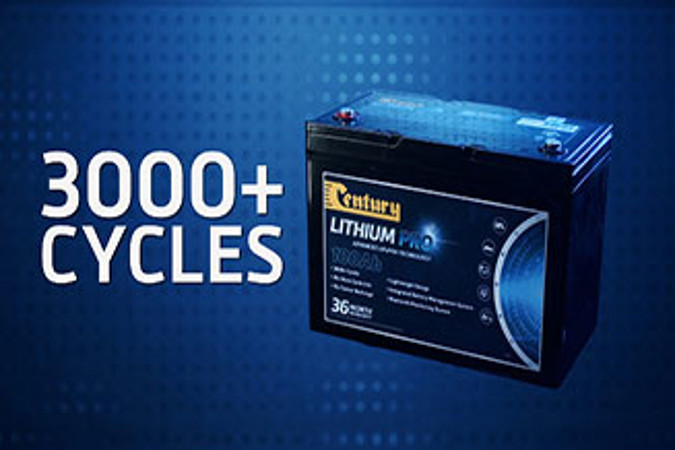But is this true? Well first we need to look at what the CCA rating is, and how it is measured.
CCA is the current a fully charged battery can deliver for a period of 30-seconds, whilst also maintaining a voltage of at least 7.2 volts. Sounds complicated, but this test is performed at a temperature of -18 degrees Celsius. The current a battery can produce reduces the colder they get – so the CCA rating is actually an indication of how a battery performs in severe cold starting conditions. So whilst the CCA rating is important, it doesn’t take a genius to work out that it might not be the most important factor.
Many battery brands try to take advantage of this CCA misconception by tailoring their products specifically to produce the highest CCA ratings possible – and this is achieved by packing as many lead plates as possible into each of the 6 cells in this battery. The more individual plates you can fit in here.. the higher the CCA rating on the battery will be.
But to fit more lead plates into this cell… the lead plates themselves need to be thinner – and this can have an impact on the strength and long-term durability of the plates, the cell, and the battery. It may crank harder, but it generally won’t last as long.
So, in colder countries or climates CCA ratings definitely are important. But in hotter climates, having less plates but making them thicker so that they’re stronger, more robust and able to combat corrosion better – is equally important.
So here at Century, we try to strike a balance between offering competitive CCA ratings and providing a long service life. Our batteries feature expertly designed internal components and durable construction to help combat the causes of battery failure and deliver what motorists really want – longer service life and superior performance.
So don’t be mislead by high CCA ratings – for you it might not be better at all.
 Homepage
Homepage
 Homepage
Homepage


